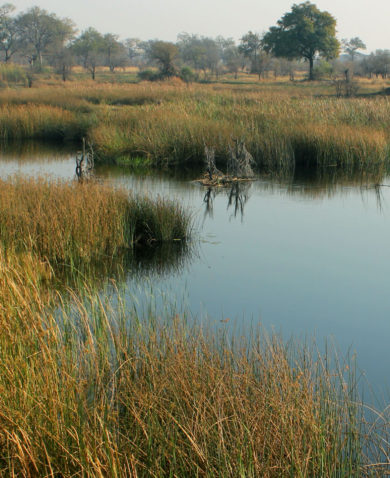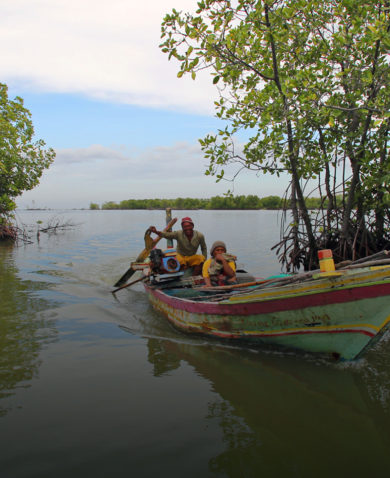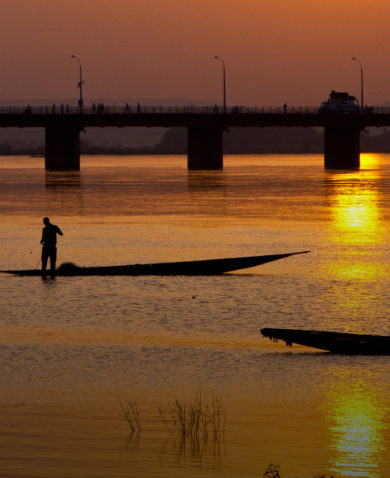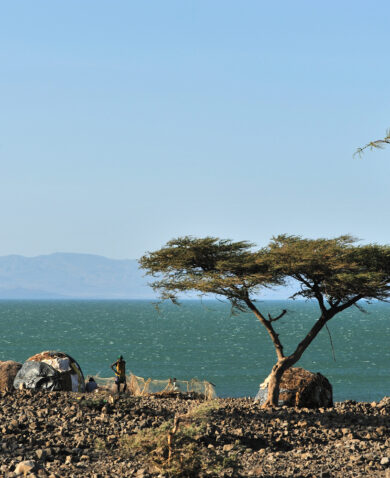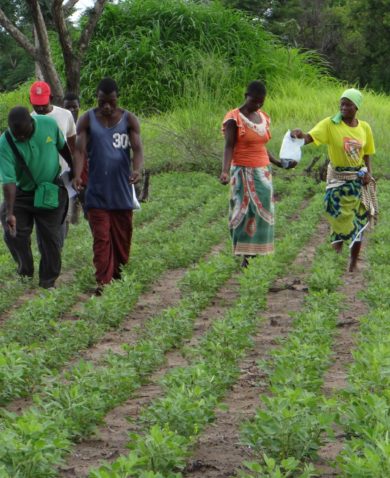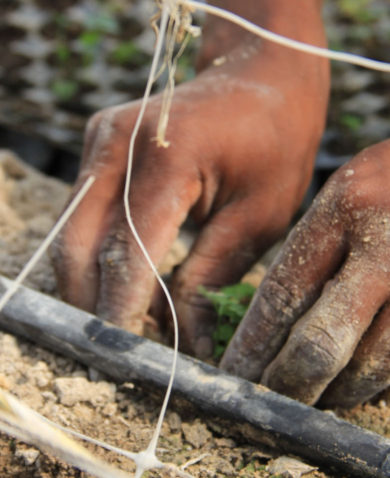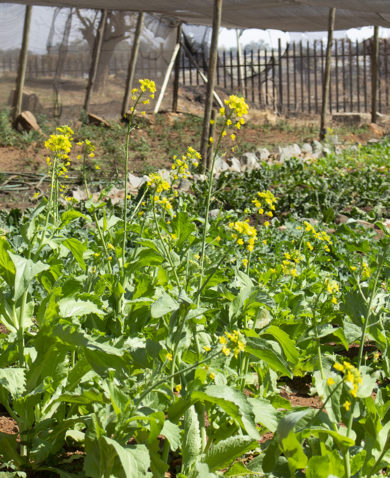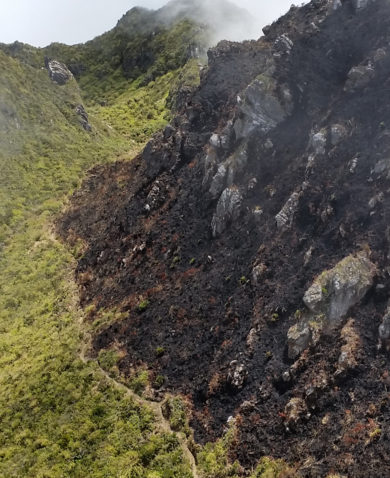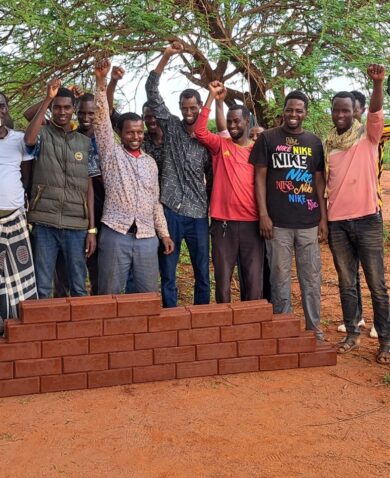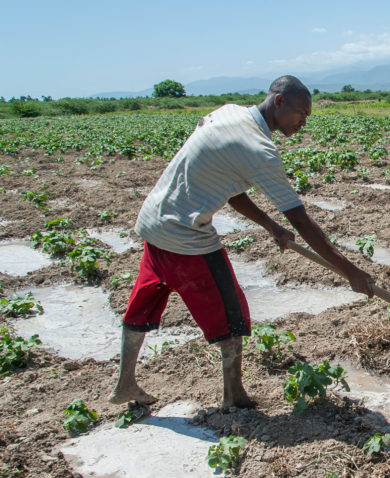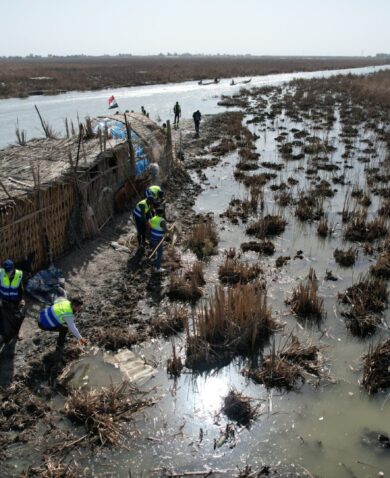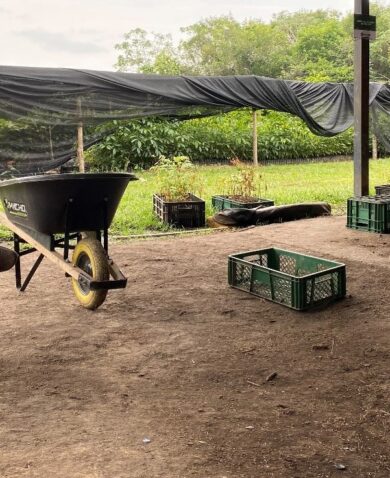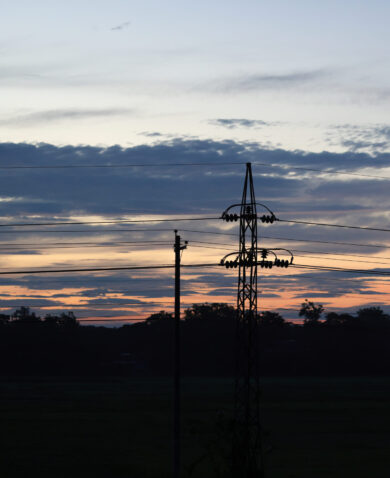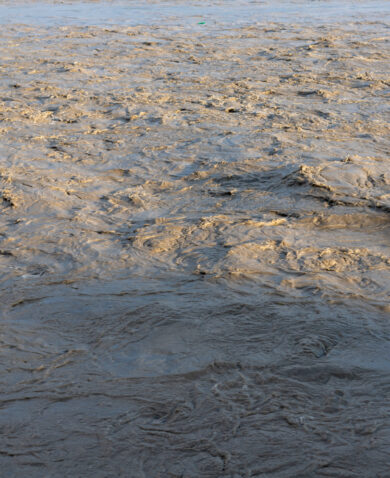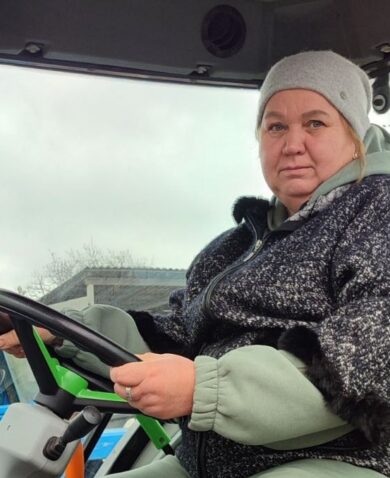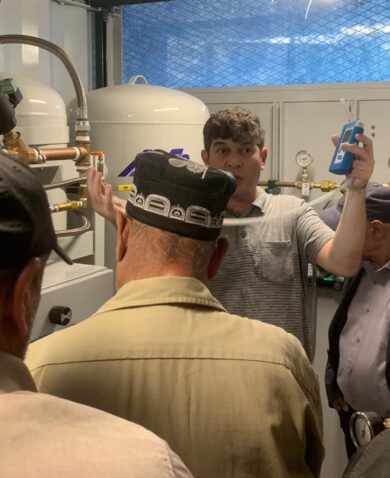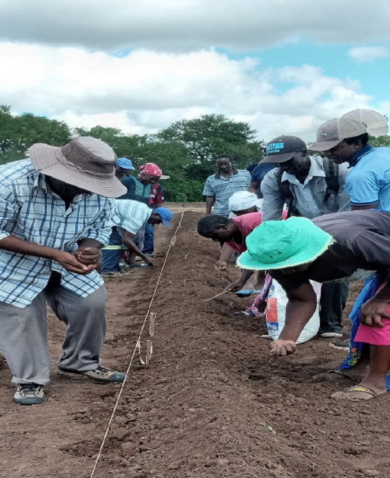
3 Questions with Carlos E. Quintela on Climate Change Adaptation
May 13, 2015 | 3 Minute ReadThe Mozambique Coastal City Adaptation Project is helping municipal authorities implement climate adaptation solutions in an urban context.
Some people still talk about climate change as if it is a future threat, rather than something we are facing now. Is this a challenge in your work in Mozambique?
We deal with this every day—there is this absence of urgency about what’s going on. There’s still a confusion about disaster risk reduction and climate change adaptation. Disaster risk reduction addresses the immediate effects of severe weather events, while adaptation addresses the longer-term effects of climate change. But climate change is making those severe weather events more frequent, and more intense. For example, in the 14 years between 1984 and 1997 there were five cyclones in Mozambique. In the 13 years between 2000 and 2012, there were 11, most of them stronger than the ones before. So the two are connected, but they, understandably, tend to be confused in people’s minds, because people do not experience climate change. They experience cyclones, floods and droughts. Nevertheless, things are starting to change, gradually.
This is the first USAID mission-driven project to focus on climate adaptation in urban areas. What’s different about responding to climate change in an urban setting?
What makes it particularly challenging to do climate change adaptation in urban areas is high human population density and, in the case of Mozambique, the financial constraints of municipal governments. Medium and small coastal cities, like Pemba and Quelimane where we work, are growing very fast. Many of them are unable to provide the most basic services, much less address climate change adaptation needs—however pressing. The poor settle in the most vulnerable areas where they live in extraordinarily adverse conditions. This makes it very difficult to tell what is, strictly speaking, climate change adaptation work and what is basic municipal management.
The result is that climate change adaptation in poor cities in developing countries is a much broader concept. Say you go to Amsterdam: a city that’s extraordinarily exposed to high sea levels. There, sewage treatment is not part of the portfolio of actions under their climate change adaptation agenda. It’s part of basic municipal management. In the smaller African cities, that line is blurred. Sanitation is the case in point. Open-air defecation is a very serious problem. When the storms come—which is much more often now—fecal material is distributed far and wide inside the neighborhoods, with well-known consequences to human health. So where does the municipal management stop and climate change adaptation begin? That is one of the biggest challenges we have in defining the work that we do.
What is new or different about this project that could be useful for other cities or adaptation initiatives?
Together with the cities and the Mozambican emergency management agency, we have implemented a SMS-based early warning system. The system not only sends out warnings as text messages to people’s cell phones, but people can text back information that the agency can use to respond to natural disasters. This helps the emergency management agency to answer critical questions: How many people are homeless, hurt, or have died? Do they need to send a boat, a truck or a helicopter to provide support? Do people need food, blankets or medicines? Our goal is not just to provide a cutting-edge technology solution. Our goal is to increase the speed, accuracy and effectiveness of their response to natural disasters, and to facilitate the sharing of information with all the agencies involved in disaster response.
We are also using this platform to help cities collect data, analyze the data to generate actionable information, and use that information to make decisions. It’s part of the “stepwise approach” that we have adopted to increase the capacity of municipalities to embrace adaptation planning. We are not starting with a municipal master plan that would take millions of dollars and years to complete. Instead, we are starting with simpler tools like this one that allow cities to build their master plan, step-by-step, while they generate information that can be used immediately to make decisions and train their personnel. This stepwise approach could be useful in other projects and other cities to produce results quickly while building larger and more complex strategies.








